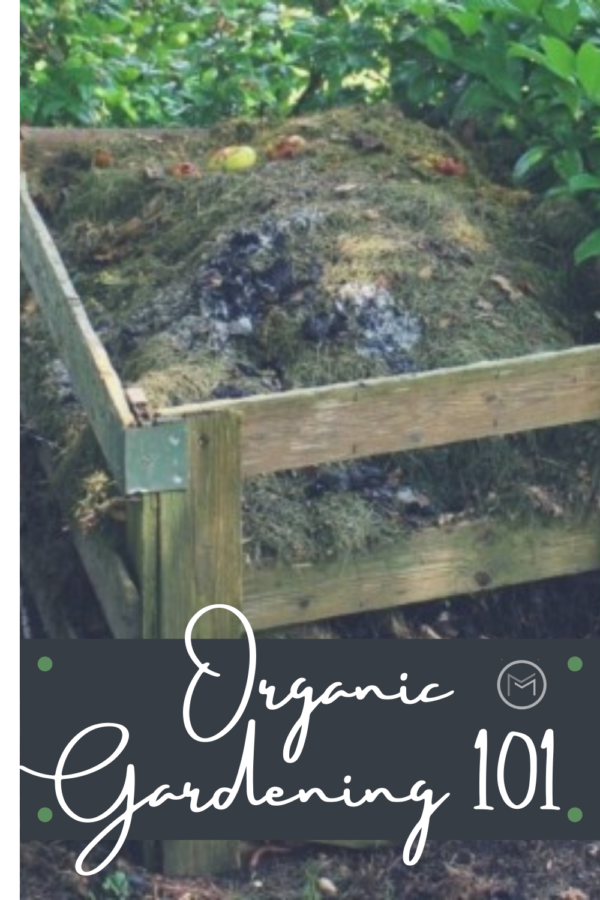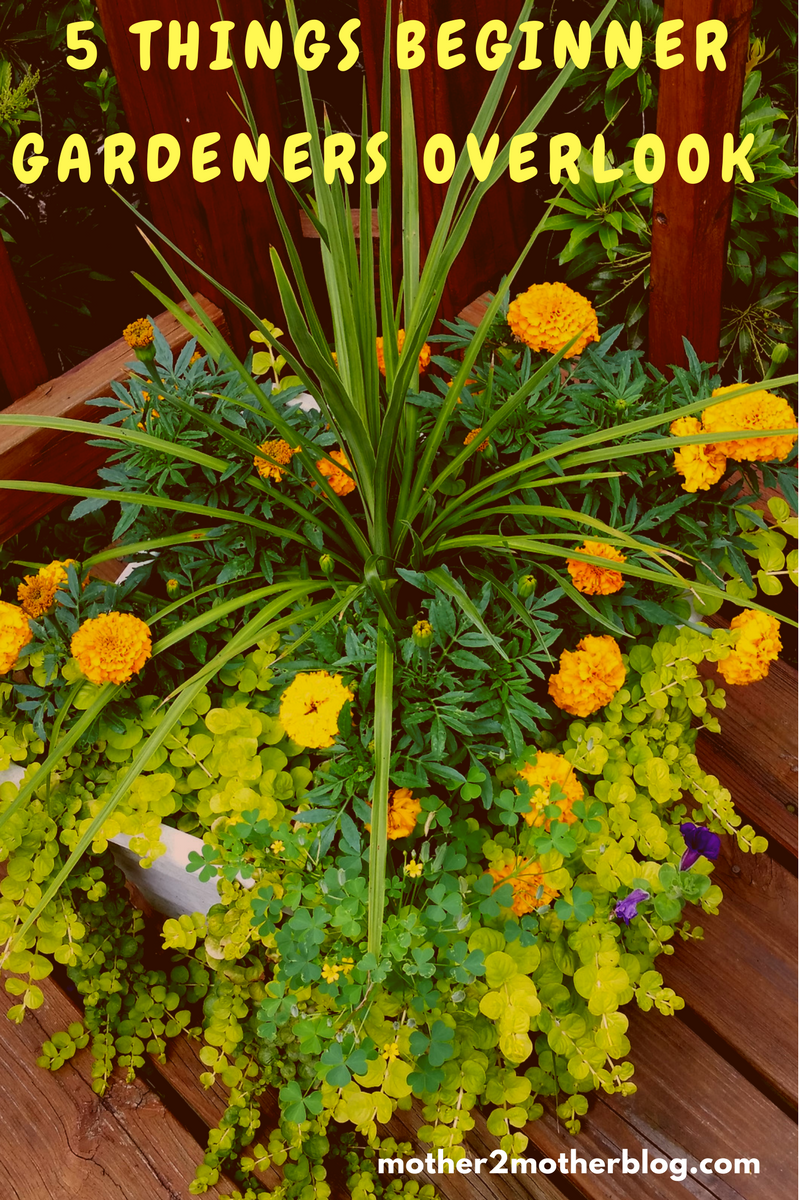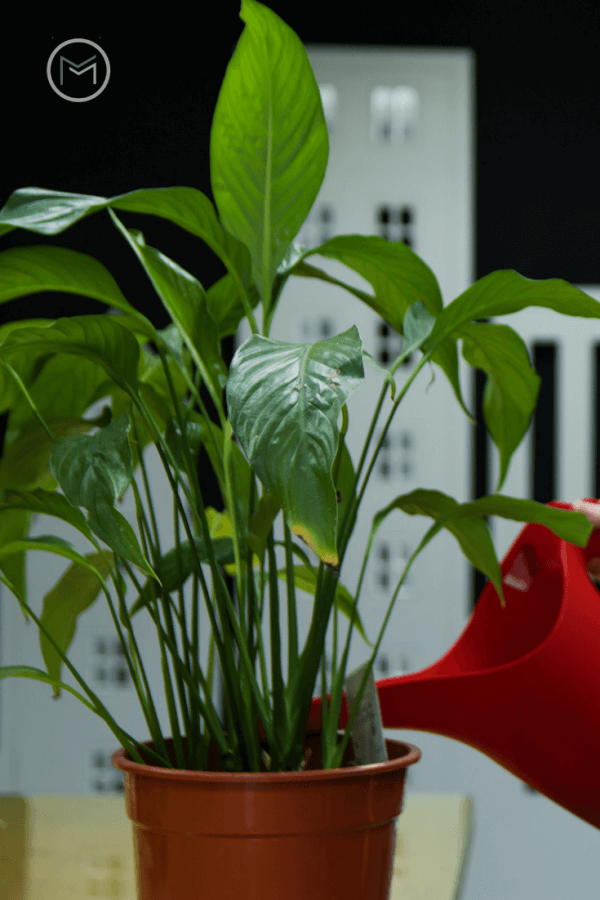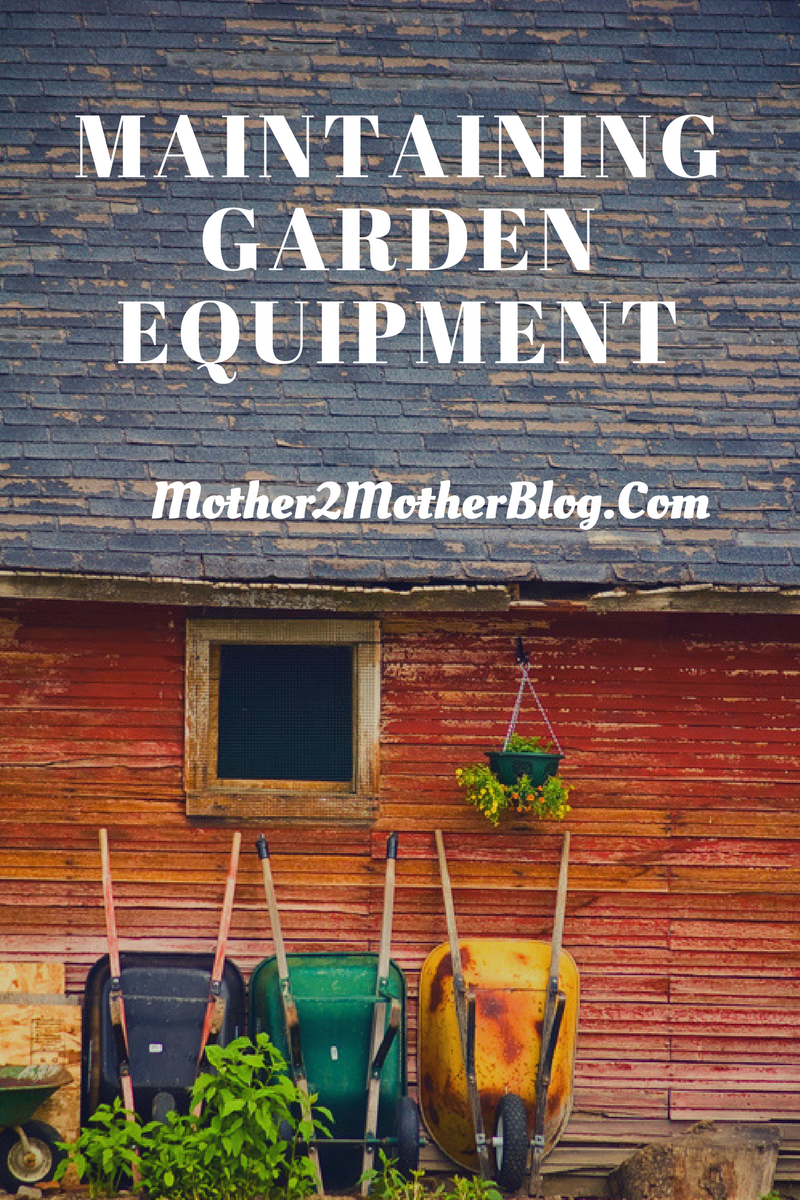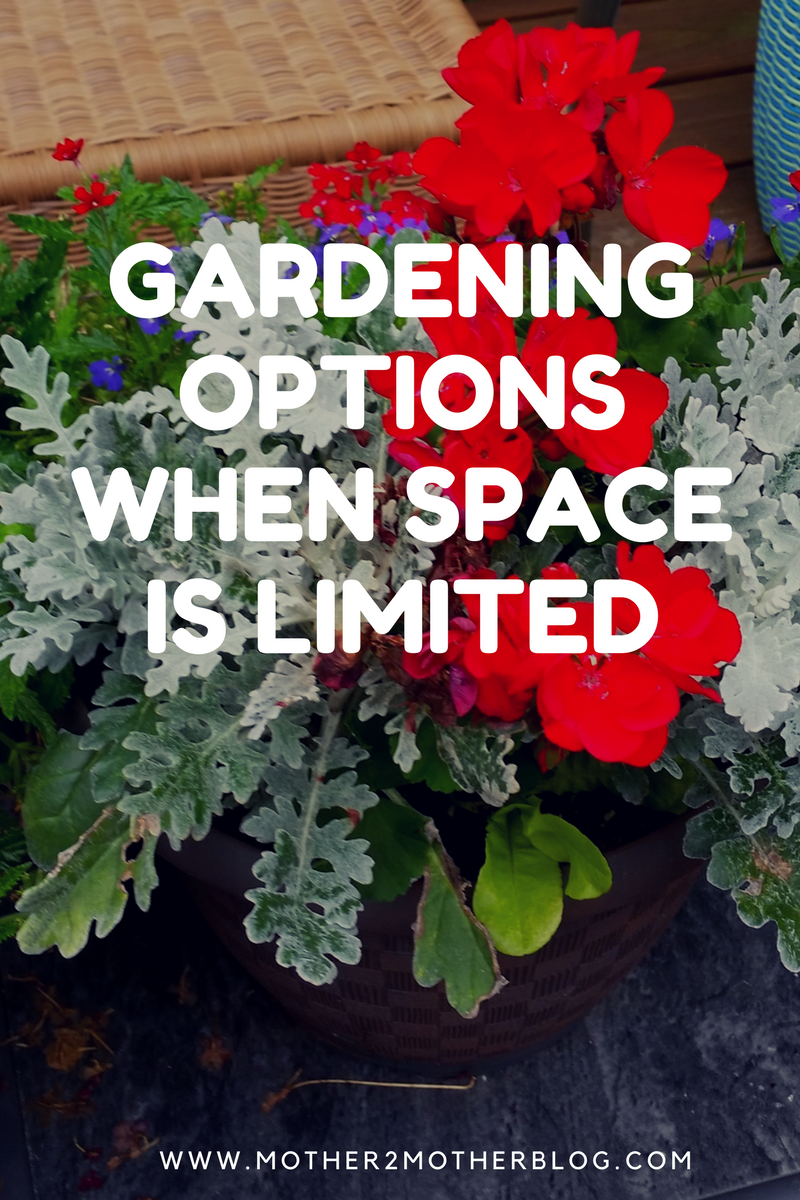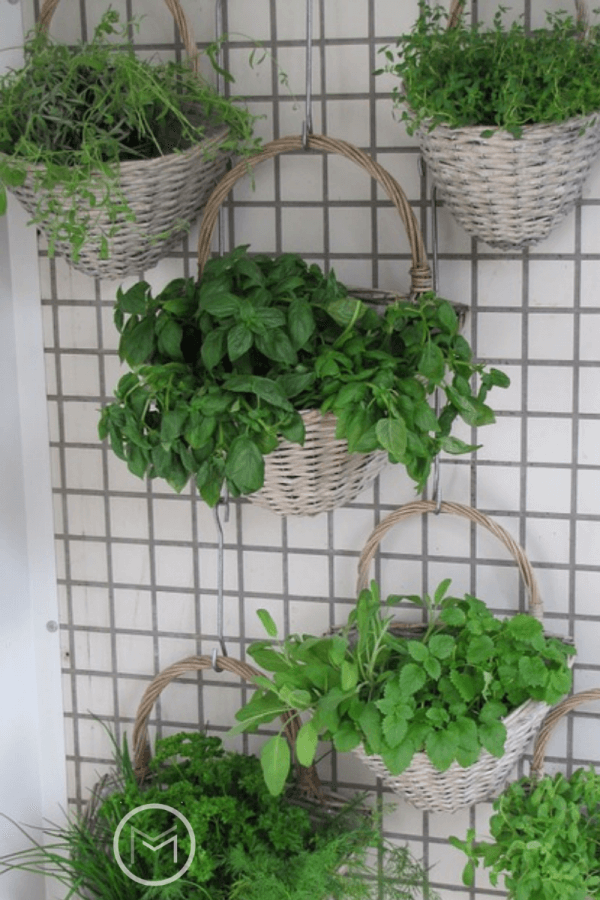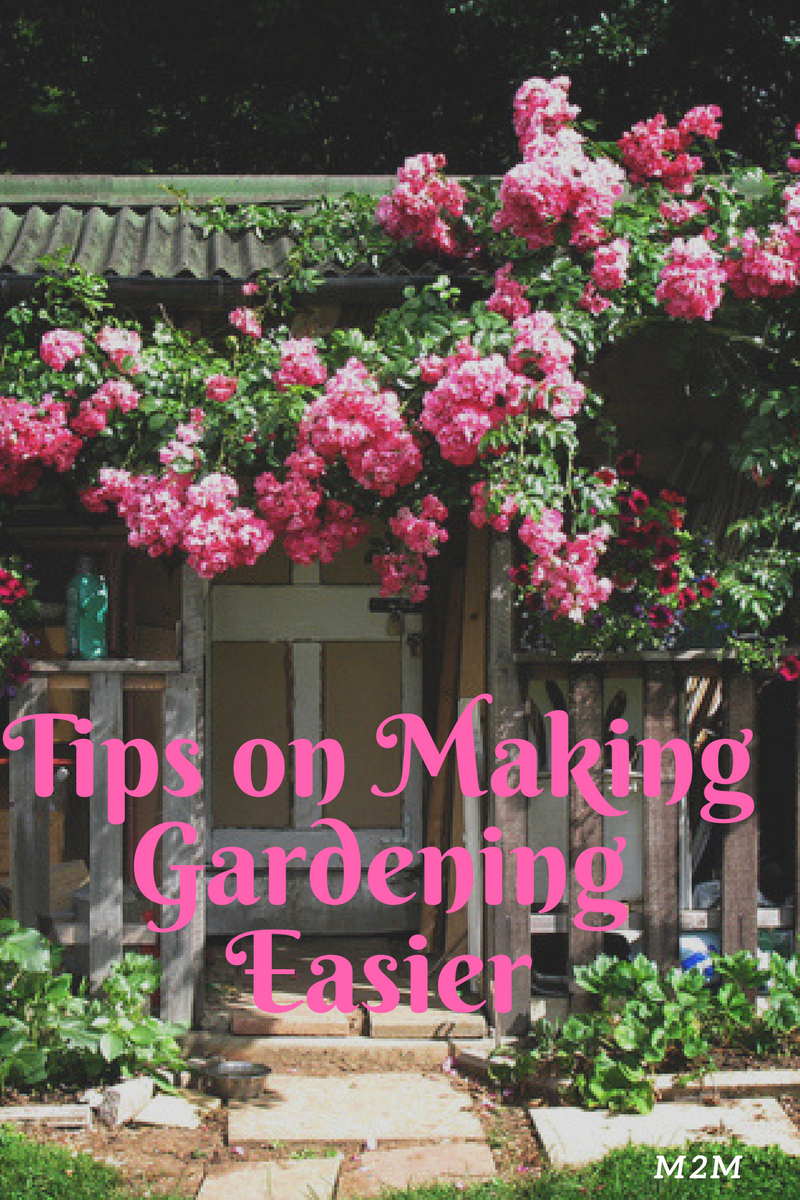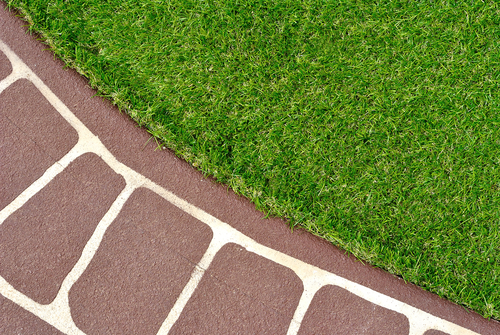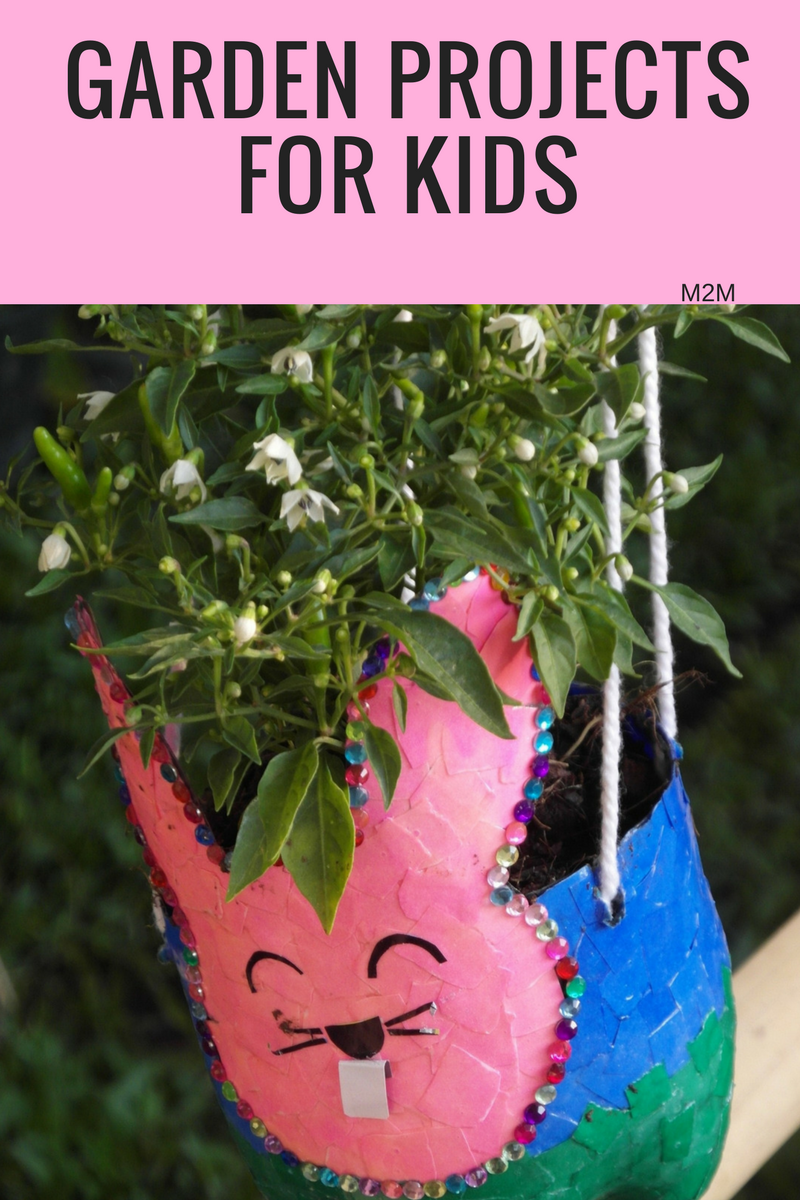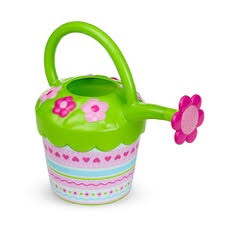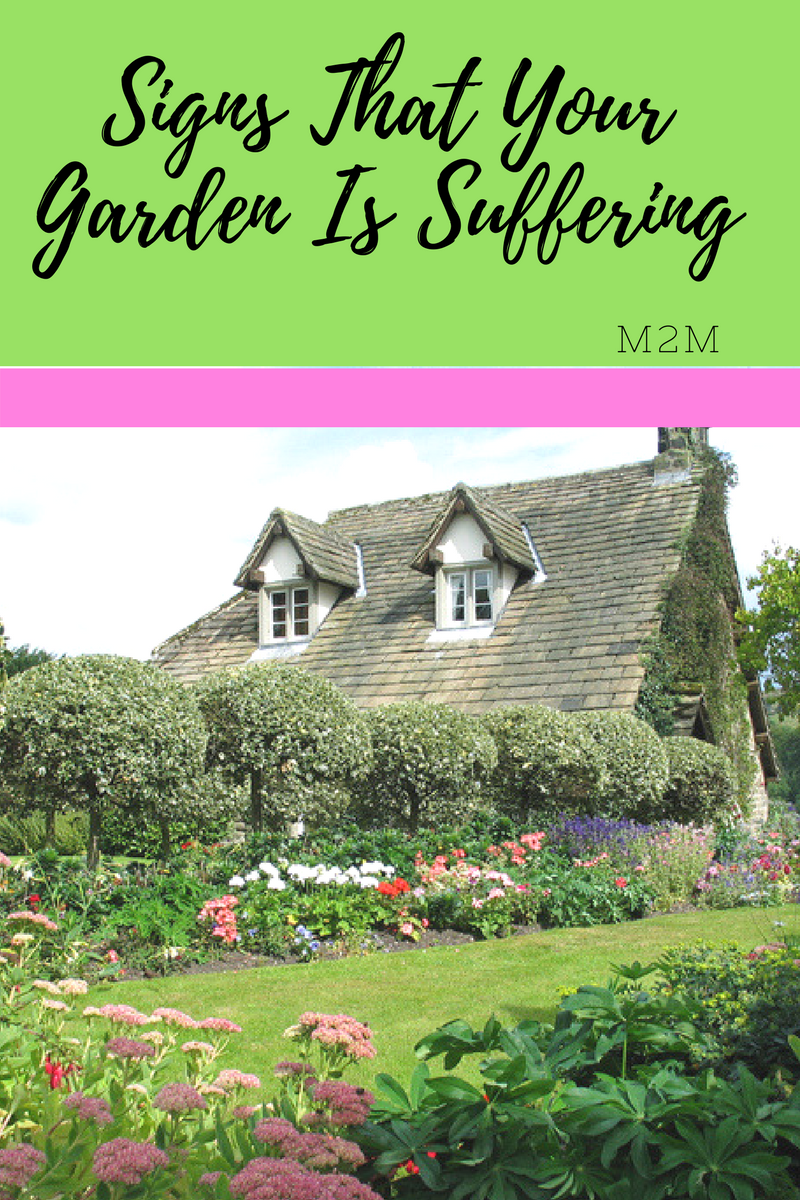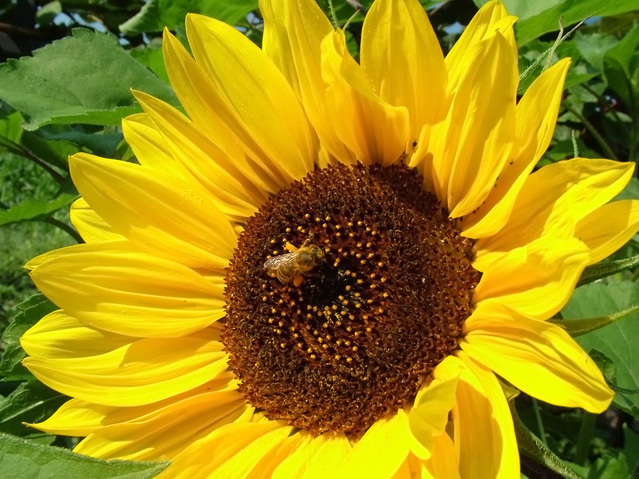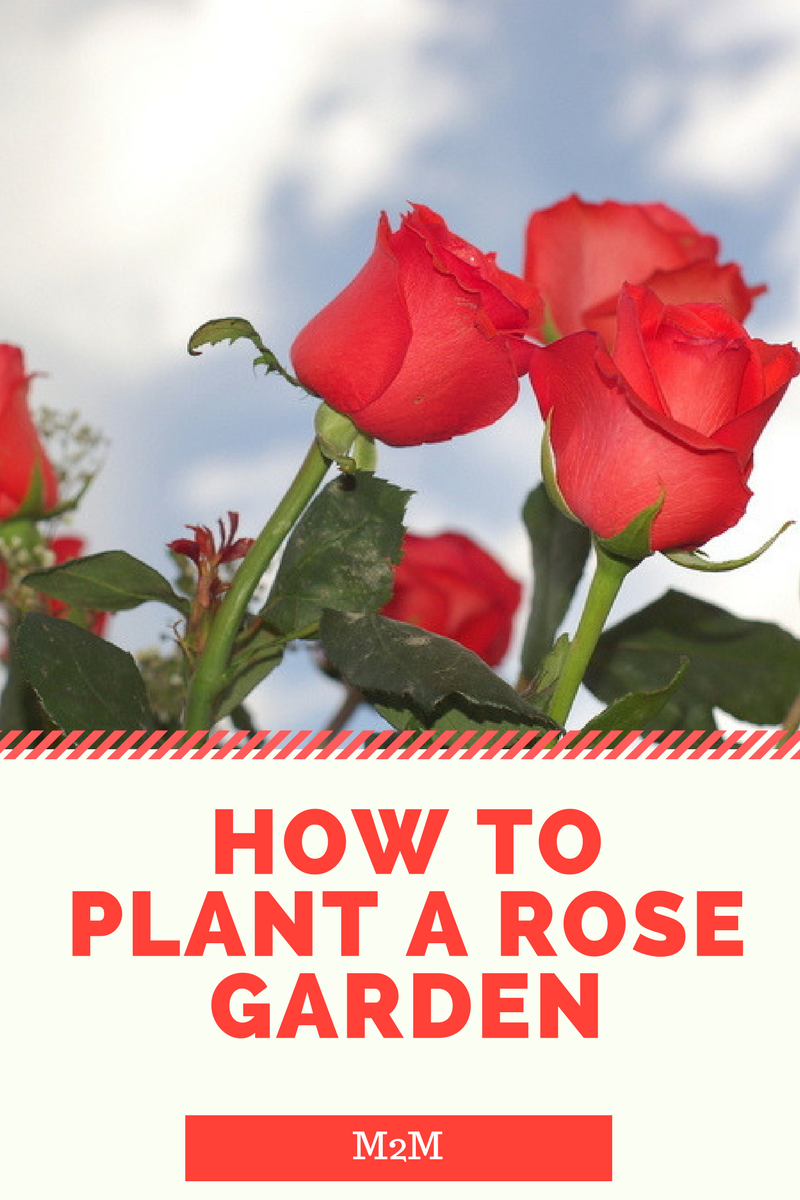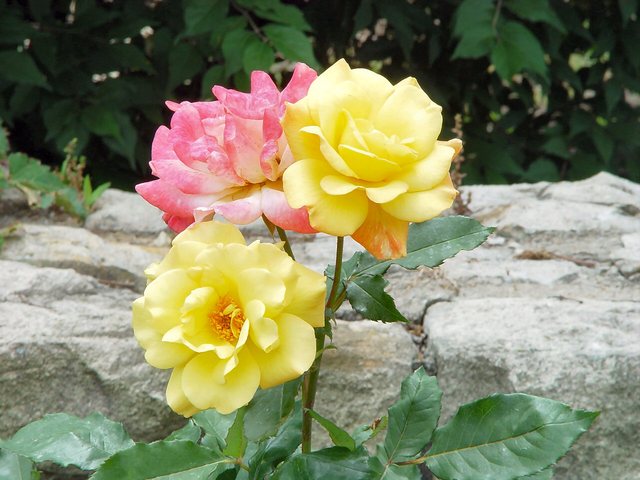Today, I’m sharing backyard birding tips on how to clean a cement bird bath. First, I love auctions. Especially, auctions when I’m able to get items that I’m bidding on at bargain prices. I grabbed this cement birdbath for $10.00. Fortunately, nobody else saw the beauty in it or the potential for a repurpose. To put the icing on the cake, the auctioneer threw a birdhouse in for free.
Unfortunately, the bird bath had a few fractures. But, the base and the top were in pretty good shape overall. The birdbath had sat in a beautiful knockout rose garden for many years. The owners were moving to Florida, and were limiting their haul to their new home. They were happy that I was a birdwatcher, and the birdbath would be restored and loved.
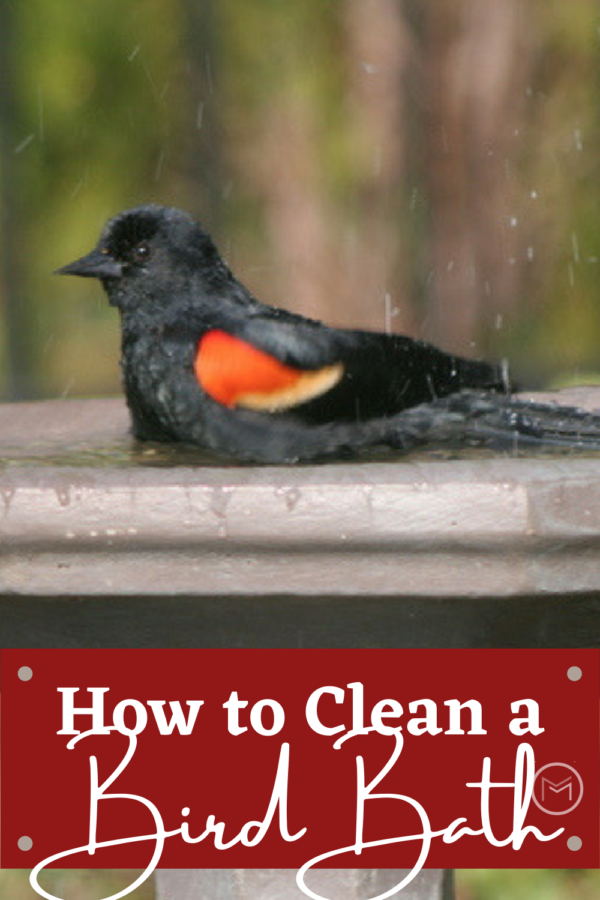
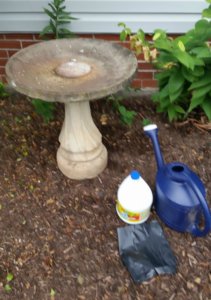
Next, my first step was to clean up the bird bath. However, I hadn’t decided if I would try to fix the fractures in the birdbath or repurpose it as a planter. The birdhouse needed the roof repaired, and a paint job, but overall it was in good shape too. So, I decided to start with cleaning the bird bath and leave the birdhouse for later.
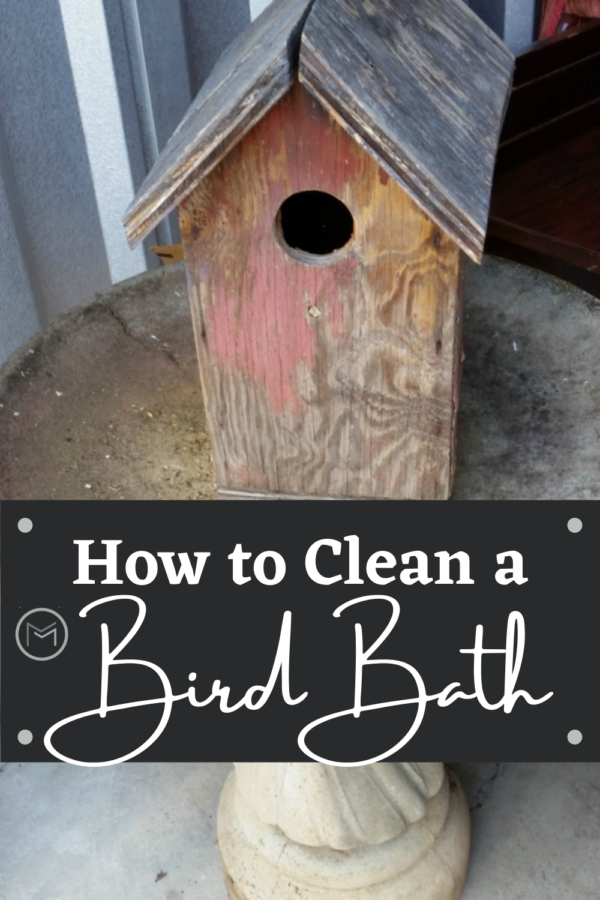
As you can see the bird bath hadn’t been cleaned in some time. And, it really needed a little TLC to repair the cracks. A good cleaning was the first step to bringing it back to life. It was going to need some elbow grease to remove the grime that had built up over the years. But, it was a task that was manageable. I just needed to set aside an afternoon to deal with it. I picked a beautiful, sunny day and went to work.
How to Clean a Cement Bird Bath:
- Water
- Clorox Bleach
- 33 Gallon Garbage Bag
- Steel Wool Pad
- Rubber Gloves
- Cleaning Brush
1. First, I filled the birdbath with water and added a good dose of Clorox Bleach. Don’t be frugal, give it a big, huge dose.
2. Next, I covered the bird bath with a 33 gallon garbage bag.
3. I allowed the bleach and water to work for 2 – 3 hours.
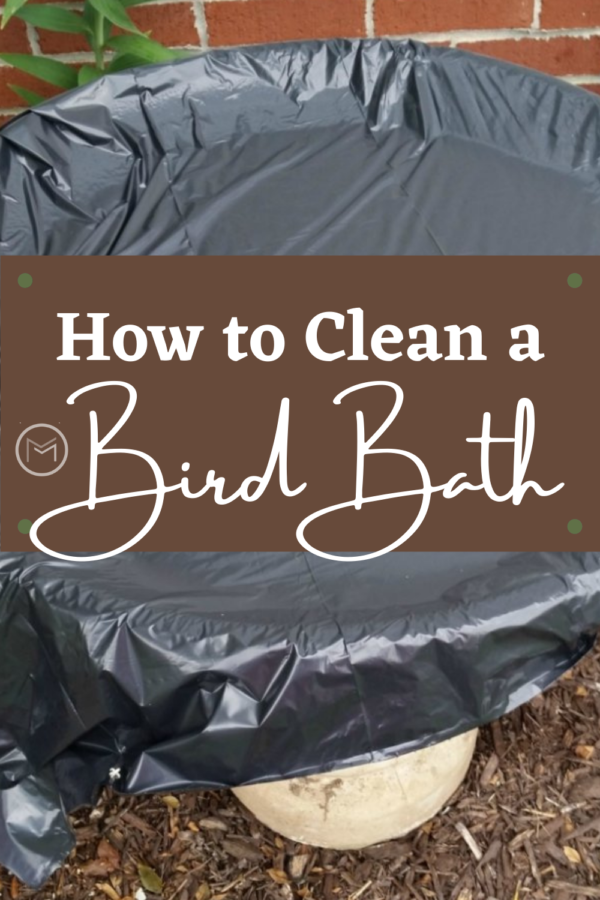
After a few hours, I removed the garbage bag to inspect the status of the basin. The bleach solution was working as expected. It was eating away years of grime and filth. The base was pretty clean and in excellent shape, so it didn’t take the work to clean as the basin.
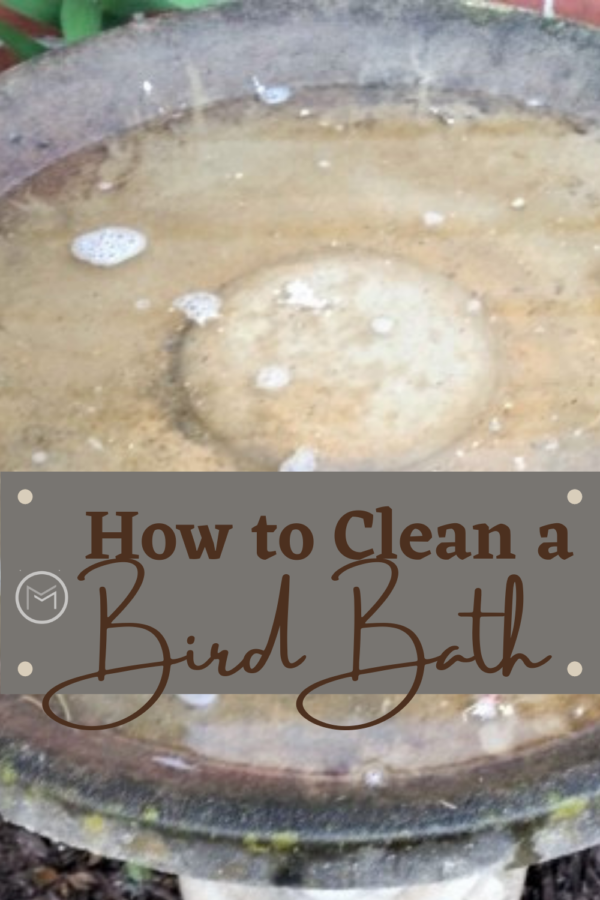
Next, I had to remove the remaining dirt by hand.
4. I always keep a stash of steel wool under my sink. I put on the rubber gloves and started scrubbing.
5. After 5 – 10 minutes of scrubbing and several good rinses, the basin looked squeaky clean and ready for the cracks to be sealed or a new purpose.
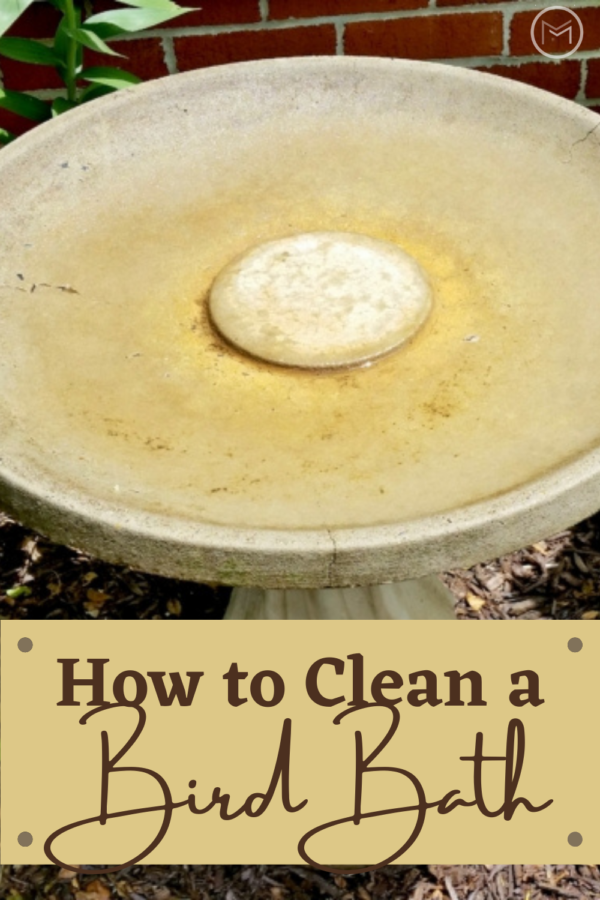
Last, if you have a bird bath that needs a good cleaning, try these tips. You will be amazed at the results. Also, check out my other attracting backyard birds tips before you leave. And, be sure to check back so you can see if I decided to fix the basin and continue to use it as a birdbath or if I repurposed this beauty. Next, the birdhouse makeover. Stay tuned for that post.
Finally, you may also like: How to Attract Backyard Birds with Eggshells or Attracting Birds With Water.

